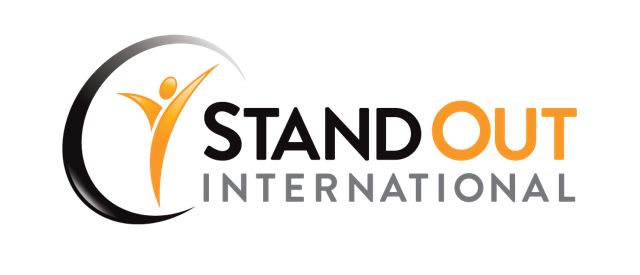“It’s not stress that kills us, it is our reaction to it.” – Hans Selye, psychologist
With the constant challenge of balancing our personal and professional lives, stress has become a familiar companion.
According to the American Institute of Stress, 33% of Americans experience what they consider to be extreme stress. An additional 15% reported that stress creates a “negative impact on their personal and professional life” and 30% of respondents reported that they “are always or often under stress at work.”
To most people stress carries a negative connotation, but the American Psychological Association actually distinguishes between two categories of stress — negative stress (or distress), and positive stress (referred to as eustress).
To illustrate the difference between distress and eustress, consider myself, an experienced skier, standing atop a steep 11,000-foot slope with a colleague of mine, who happens to be a novice skier.
For me, someone who began skiing at the age of four, the anticipation of waiting at the top of a challenging course creates a thrill and sense of vigor in me that motivates me to take on the hill with a sense of purpose and passion.
For my colleague, however, the prospect of tackling that slope creates a high level of distress — fear and anxiety at the prospect of an activity so far beyond their level of skill and experience.
The difference between distress and eustress lies not in the stressor itself — not in the challenging terrain of the hill — but in our confidence in the ability to navigate that terrain, and our willingness to deal with and manage what is potentially a stressful situation.
3 Techniques to Manage Workplace Stress
For about six months, I’ve been coaching Matt, the Chief Financial Officer at a successful construction company,
Anticipating a very extensive and time-consuming project coming down the pipeline at work, Matt is already experiencing distress over how he will manage the pressure of the upcoming demands this project will create for him. Adding to Matt’s anxiety is his history of becoming overwhelmed when dealing with stressful situations at work.
How can Matt more effectively handle what he perceives as hectic or chaotic circumstances?
1. Develop and Practice Effective Coping Techniques
To overcome distress, it is essential to find practical ways to manage stress. In an effort to minimize Matt’s negative reaction to these increased pressures at work, I coached him in creating a well-developed plan that included a clear outline of each project, what Matt wished to accomplish and a delegation of tasks. This broke the projects down into manageable goals and actions that were within Matt’s control. Having a detailed project plan eliminates a lot of the what-if’s and uncertainty. This helps diminish the impact of anxiety over things that are out of our control. If unexpected issues do arise, it is important to find enough awareness to step away from the situation, take a deep breath, and relax. As simple and natural a gesture as it is, breathing helps reduce stress by decreasing your heart rate and blood pressure and relaxing tension throughout the body. It can allow you to find balance and come back to a stressful situation refreshed and focused.
In summary:
✔ Develop a straightforward project outline.
✔ Break tasks down into manageable pieces.
✔ Use breathing exercises to diminish tension in the moment.
2. Develop Your Own Path to Inner Resilience
Consider someone who is doing strength training exercises in order to build more muscle mass. They must put stress on the muscle they are training in order to break it down and allow the muscle to then rebuild and strengthen.
We can apply the same principle in leveraging the pressure within a stressful situation to build and strengthen an internal resilience. Allow yourself to experience tense situations, in which you can practice proven stress management techniques to defeat negative stress. By doing this, you will build confidence in your ability to overcome obstacles and to meet future difficulties with an increased sense of determination and optimism.
As psychotherapist and author Bryan Robinson points out, “the origins of workplace stress depend on the resilience workers bring to their work. The No. 1 medicine [is] to find your inner resilient zone.”
In summary: “Step into” your stress experience to build confidence and establish a pattern of resilience.
3. Change Your Personal Perception of Stress
According to psychologist Hans Selye, who essentially defined the way we view the concept of stress in modern life, noted that “not all stress reactions are equal…due to differences in the subject’s perception and emotional reaction.”
Getting a client to change their perception of an overwhelming obstacle and rather view it as an opportunity for progress and improvement can actually transform their distress into eustress.
To alter perception, approach each challenge with a positive mindset, alleviating negative thoughts and allowing for feelings of achievement and pride once a goal is accomplished or a project completed successfully.
“By eliminating roadblocks within you, such as pessimism or a tendency to complain frequently about your problems, Robinson says you can better manage the pressure and not let your stress affect those around you.”
In summary: Transform negative perceptions by celebrating the way you address challenges. Develop a mental pattern of optimism and confidence.
The Human Advantage — Resilience
While it’s not always possible to control the external factors in our lives that create stress, effective coping techniques are within our control. By building an inner resilience in the face of stress — and by changing our perceptions — we can create space for growth and success.


